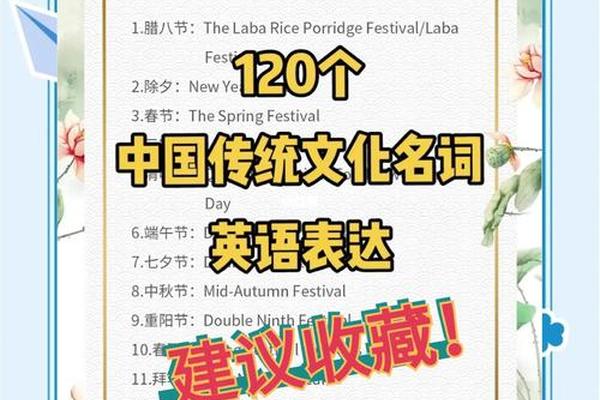一、“文化载体”的英文翻译
1. General Terms(通用表达)
最直接的翻译,适用于大多数语境。例如:“语言是文化的重要载体”可译为 Language is an important carrier of culture。
强调文化传播的媒介功能。例如:“语言文字是人类文明的重要载体”译为 Language is a vehicle of civilisation。
如“人是文明交流互鉴最好的载体”可译为 People are the best bridge for exchanges among civilizations。
2. Specific Contexts(具体语境)
例如:“河南拥有厚重的文化历史”译为 rich cultural heritage。
如“富有文化底蕴的景区”可译为 tourist attractions with rich cultural connotations。
例如:“汉字体现深厚文化底蕴”可译为 Chinese characters embody profound culture。

二、“传承中华文化的重要载体”的英文翻译
1. General Expression(通用表达)
例如:“汉字是传承中华文化的重要载体”可译为 Chinese characters are an important carrier for preserving Chinese cultural heritage。
2. 具体载体类型
如“茶文化是传承中华文化的重要载体”可译为 Tea culture serves as a vital medium of Chinese cultural transmission。
例如:“简化字是传承中华文化的重要载体”可译为 Simplified Chinese characters are a key vehicle of cultural continuity。
如“国家版本馆是中华文明的‘种子库’”译为 The National Archives of Publications and Culture act as a seed bank for Chinese civilization。
三、翻译策略建议
1. 语境优先:根据载体类型(文字、人、器物等)选择对应术语(carrier/vehicle/bridge)。
2. 强调功能:若强调“传承”,可搭配动词如 inherit, preserve, transmit 或名词 continuity。
3. 文化专有名词:如“仁”“孝”等概念,可采用拼音加注释(如 ren (benevolence))以保留文化独特性。
示例整合
译文:Chinese characters are not only a cultural carrier but also a vital foundation for inheriting the essence of Chinese civilization.
译文:Tea culture, with its rich historical connotations, serves as a bridge connecting the past and present of Chinese civilization.
通过结合具体语境和功能,可选择最贴切的翻译表达。


